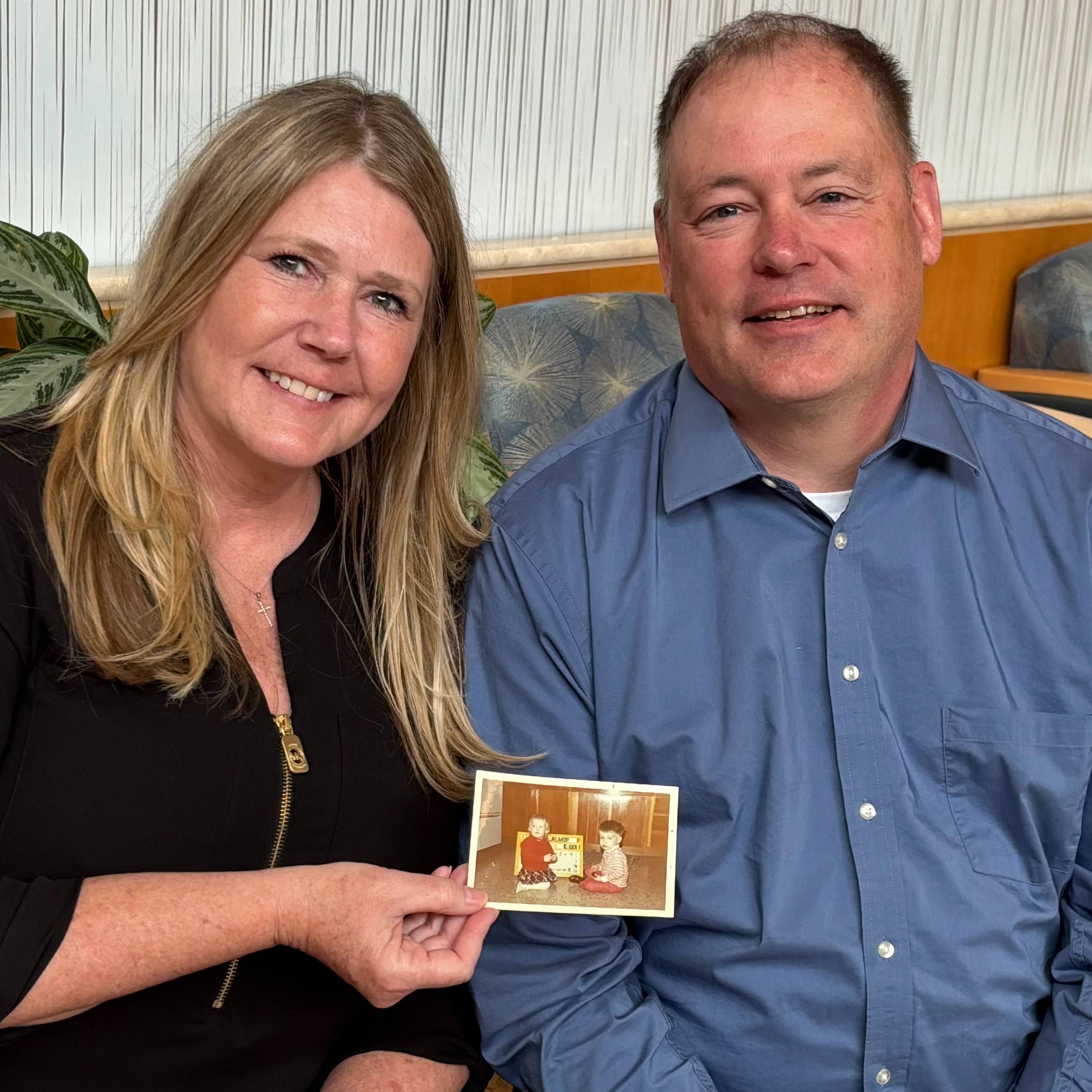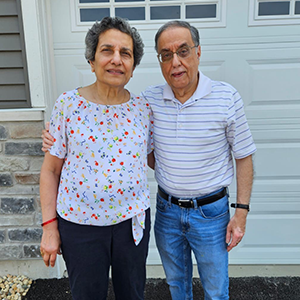-
Flashback: 1938 — Gift of Classic Anatomy Book Rooted in Respect and Care for All

Given in gratitude for the consideration and compassion that the Mayo family showed to the Strassmann family in the late 1930s, a pivotal 16th century anatomy text now housed at Mayo Clinic is a testament to the enduring connection of friendship.
The W. Bruce Fye History of Medicine Library at Mayo Clinic's Rochester campus holds many treasures from far-flung times and places. One volume, an influential 16th century book on human anatomy by physician Andreas Vesalius, marked a turning point in the history of medicine. But the book has other tales to tell, too. One of its stories revolves around how the iconic text came to be at Mayo Clinic.
In the early 1900s, the Mayo brothers made dozens of international trips to seek out best practices and share information. Their itinerary included Germany, a center of medical innovation. While in Berlin, they befriended the Strassmann family, who had established a highly regarded clinic that specialized in women's health. Paul Strassmann, M.D., who founded the clinic, sent his son, Erwin Strassmann, M.D., to study at Mayo Clinic. Friendships and collaborations flourished between the Strassmanns and the Mayos.
"It would be a joy to leave this classic work in the place where medicine is practiced best."
Erwin Strassmann, M.D.
 But conditions in Germany changed rapidly when Adolph Hitler came to power. The Strassmanns were of Jewish descent and found themselves engulfed in persecution. Dr. Paul Strassmann was forced to sell the clinic. He died soon after, mourning the life he loved. Dr. Erwin Strassmann could not imagine life under the Nazis and decided to emigrate.
But conditions in Germany changed rapidly when Adolph Hitler came to power. The Strassmanns were of Jewish descent and found themselves engulfed in persecution. Dr. Paul Strassmann was forced to sell the clinic. He died soon after, mourning the life he loved. Dr. Erwin Strassmann could not imagine life under the Nazis and decided to emigrate.
At that time, bureaucratic red tape made it difficult to enter the U.S. Under mounting pressure, Dr. Erwin Strassmann reached out to friends at Mayo Clinic. Ultimately, William J. Mayo, M.D., made it possible for Dr. Erwin Strassmann to study at Mayo in 1938. This meant he could bring his wife, Ilse Strassman, and their three children to Rochester. Dr. Mayo called this opportunity "breathing space" while the Strassmanns settled in America. The Strassmanns said it saved their lives. Their relatives and friends who remained in Europe experienced hardship and death during World War II and the Holocaust.
After studying at Mayo, Dr. Erwin Strassmann established a practice in Houston. In gratitude, he and Ilse Strassmann gave the Versalius book from their collection to Mayo Clinic. "It comes from the heart," said Dr. Strassmann. "The spirit and efficiency of the clinic was America at its best. It would be a joy to leave this classic work in the place where medicine is practiced best."
The story of that gift and the Strassmanns' connection to Mayo Clinic is the subject of the Mayo Clinic Heritage Film, "Breathing Space: One Family's Journey From Nazi Germany to Mayo Clinic," which premiered in June 2018.
The film about the Strassmann-Mayo friendship is part of an award-winning series made possible by benefactors John and Lillian Mathews. While the film was in production, the Mayo Clinic Alumni Association announced plans to hold its first meeting in Berlin — 80 years after Dr. Mayo helped the Strassmanns amid the gathering storm of World War II.
"The Strassmann and Mayo relationship dates back more than 100 years. It is personal, professional and philanthropic, representing the ideals of friendship and generosity."
John Noseworthy, M.D.
At that meeting, Eddie Greene, M.D., chair of the Doctors Mayo Society, read a letter from John Noseworthy, M.D., Mayo Clinic's emeritus president and CEO: "The Strassmann and Mayo relationship dates back more than 100 years. It is personal, professional and philanthropic, representing the ideals of friendship and generosity."
In her response, Diana Strassmann, Ph.D., said, "My grandparents' gift to the Mayo Clinic was made with deep consciousness of the much larger gift the Mayo Clinic made to them." She noted that issues of ethnicity and immigration remain pressing topics today: "We are pleased to support the Mayo Clinic in its mission of respecting and caring for all people."
Watch "Breathing Space: One Family’s Journey From Nazi Germany to Mayo Clinic":
HELPFUL LINKS
- Read more about Mayo Clinic history and heritage.
- Explore Mayo Clinic's Rochester campus.
- Request an appointment.







